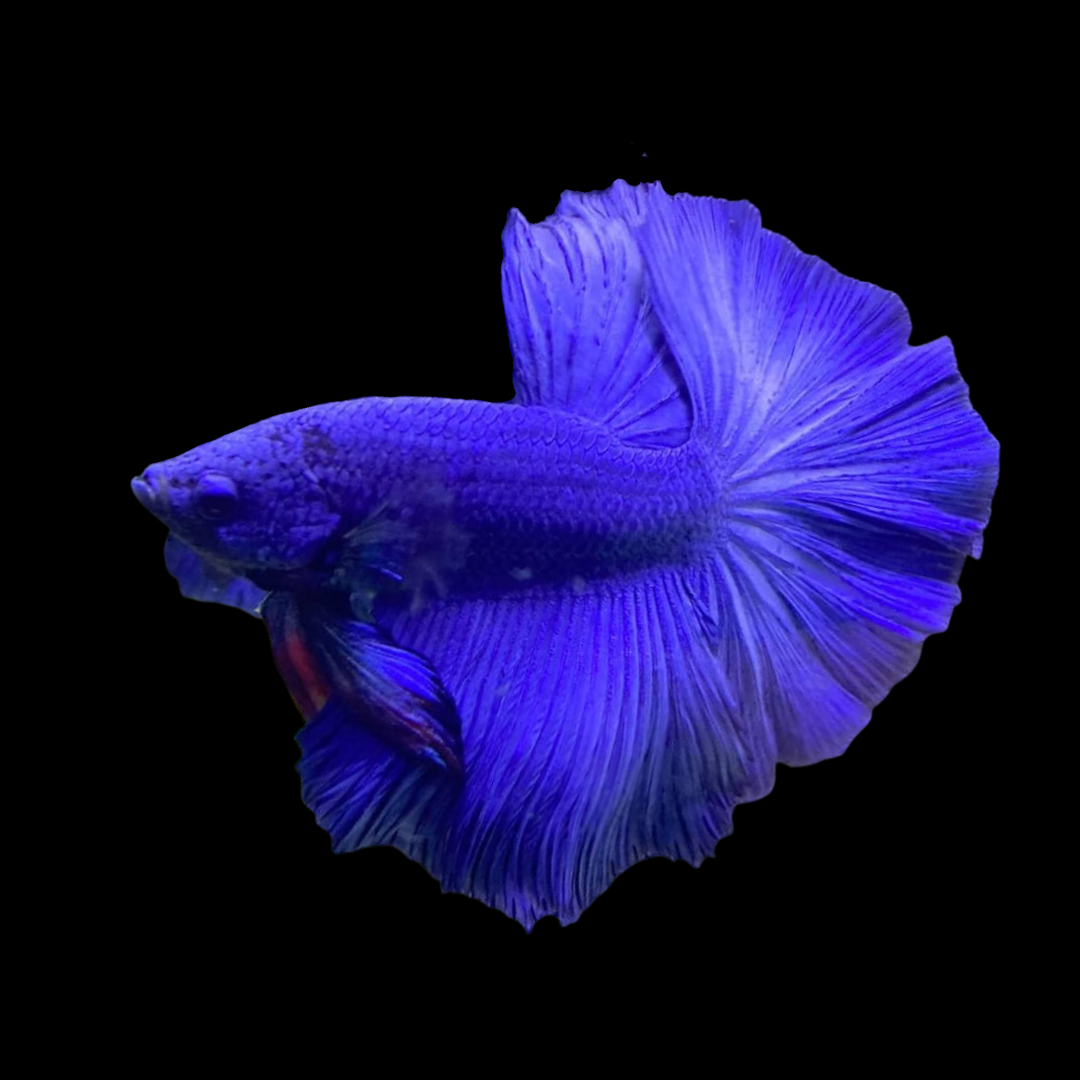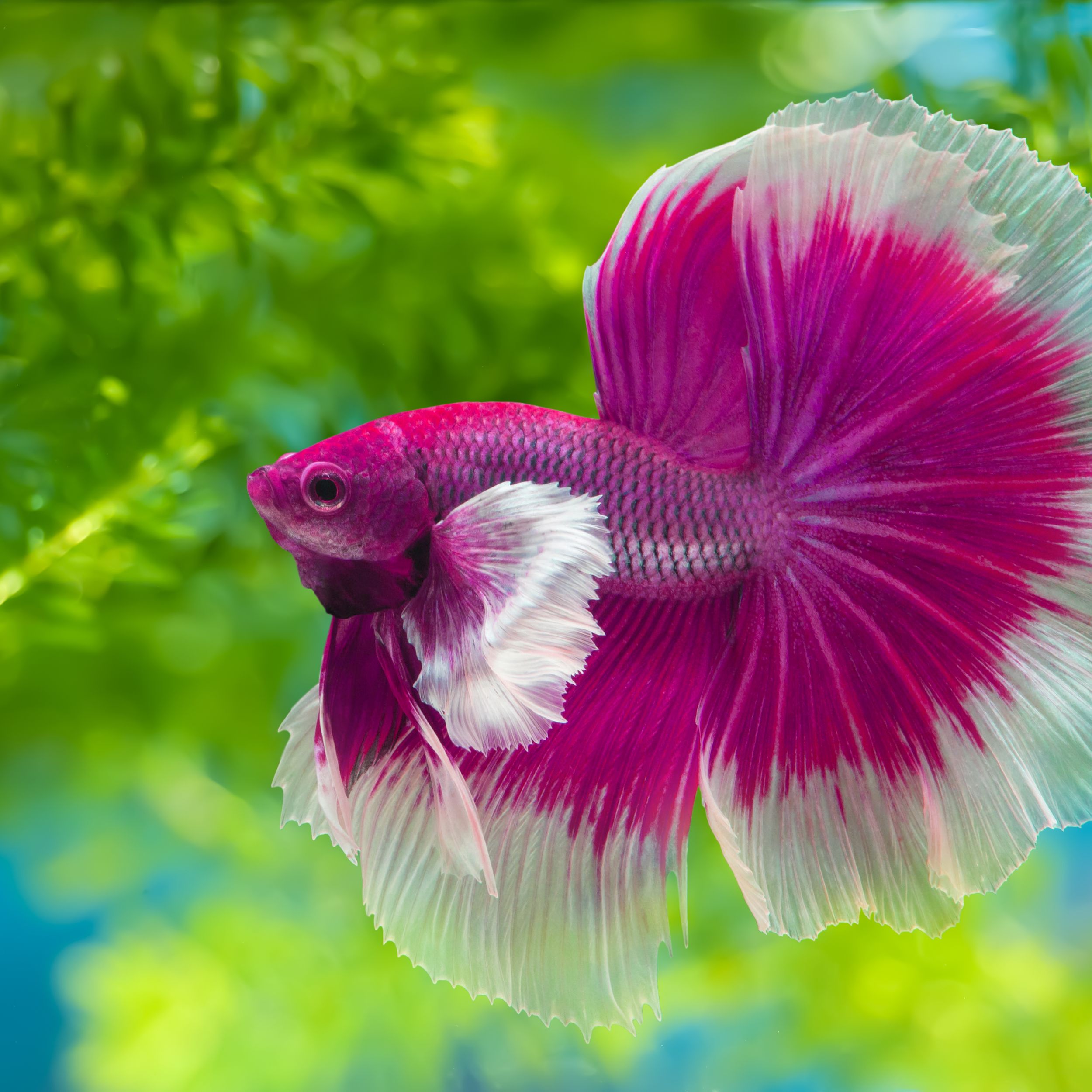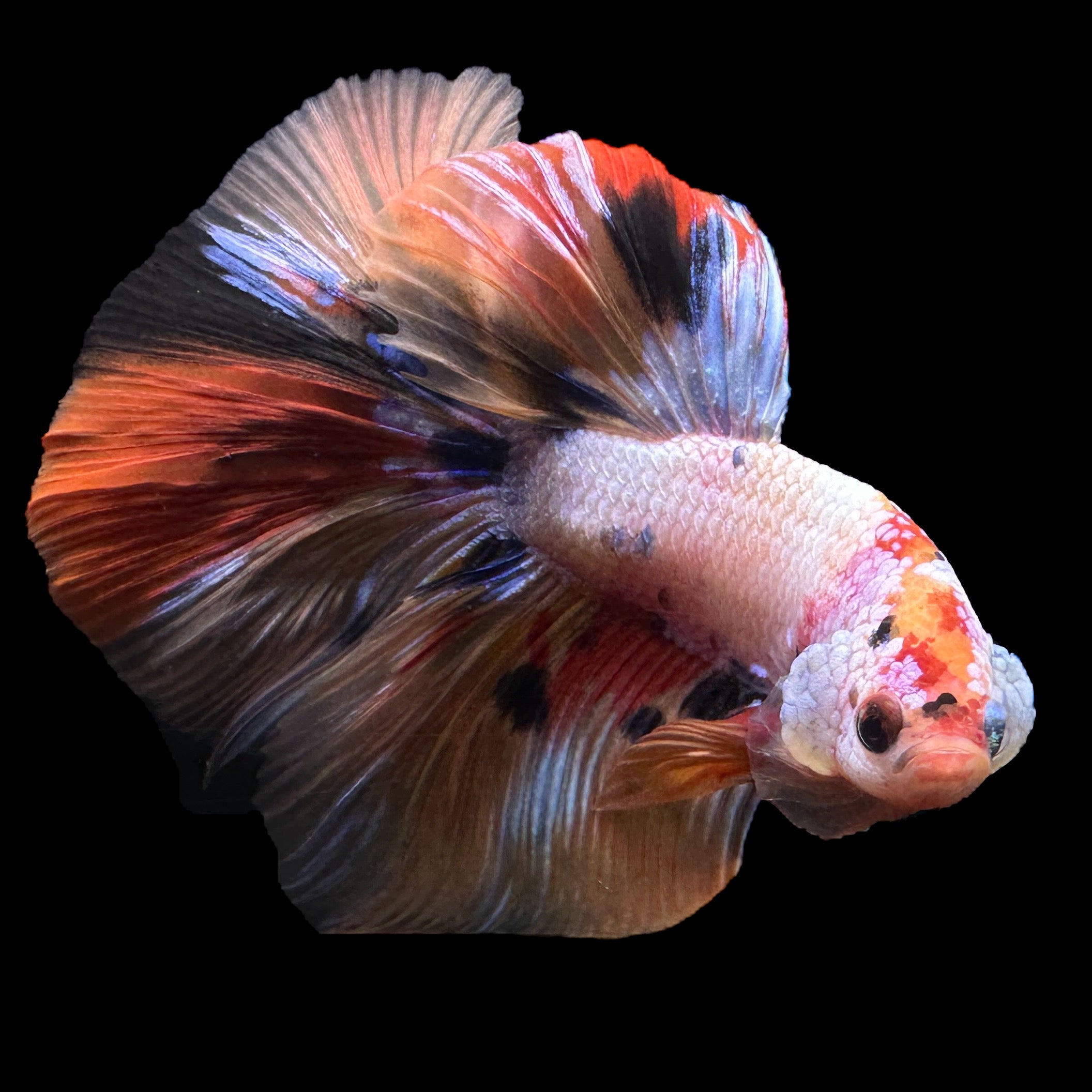Betta Fish Tank Setup: A Step-by-Step Guide for Beginners
Betta Fish Tank Setup: A Step-by-Step Guide for Beginners
Blog Article
Reproducing Betta Fish: a Comprehensive Step-By-Step Guide to Effectively Raising Baby Bettas From Eggs to Adulthood
Reproducing Betta fish is a meticulous venture that requires cautious preparation and implementation to make sure the successful advancement of fry from eggs to grow fish. Choosing genetically varied reproduction couple with preferable characteristics is just the start; creating an ideal setting and understanding the details of the breeding procedure are equally essential. As the male Betta diligently constructs a bubble nest and guards the priceless eggs, the subsequent phases of care and change need focus to information and knowledge of finest techniques. Exactly how does one navigate the difficult yet fulfilling course of nurturing these lively animals to the adult years?

Picking Reproduction Pairs
When beginning on the trip of reproducing Betta fish, choosing the appropriate breeding sets is important to accomplishing preferable attributes and a healthy and balanced lineage - betta fish. The initial action in this process is to recognize the specific traits you desire to enhance or maintain, such as color, fin type, and physique. It is necessary to pick genetically diverse sets to avoid inbreeding, which can bring about health and wellness issues and unwanted attributes
Examine potential reproducing prospects very carefully. A healthy male Betta must exhibit lively shades, an active temperament, and well-formed fins, while the woman needs to also present vibrant coloration and a rounded belly, suggesting preparedness for spawning. Observing the temperament of both fish is crucial, as hostile or overly timid individuals may not reproduce successfully.
Maintaining documents of the moms and dad fish's origins can help you track genetic characteristics and possible concerns. Inevitably, spending time in the option procedure will significantly enhance the likelihood of creating strong, lively children that satisfy your breeding goals.

Preparing the Breeding Tank
Developing an ideal breeding setting is an essential step after picking appropriate pairs for Betta fish. The reproduction storage tank should be especially created to provide convenience and stimulate the natural reproduction actions of the fish. Begin with a tank dimension of a minimum of 10 gallons to ensure adequate room for both the man and women Bettas.
Keep a gentle filtration system to maintain the water tidy while preventing solid currents that can stress the fish. In addition, an air stone can be contributed to provide oxygenation without interfering with the water surface area way too much.
Temperature guideline is vital; aim for a steady range of 78-82 ° F(25-28 ° C) using a reputable heating system. The pH level must be maintained between 6.5 and 7.5, and routine water changes are necessary to make certain high water quality.
Integrate drifting plants or generating mops to produce concealing places for the female, while likewise urging bubble nest structure by the male - betta fish. Ensure the storage tank is complimentary from sharp decors and any kind of potential hazards, as the welfare of the fish need to always be prioritized during this crucial phase of reproduction.
The Reproduction Refine
Typically, the reproducing procedure for Betta fish entails a series of unique and visible actions that show readiness for recreation. The male Betta starts by constructing a bubble nest at the water's surface area, which acts as a website for the fed eggs. This nest is critical, as it gives a secure setting for the eggs till they hatch out.
When the nest is established, additional hints the male will display courtship actions, such as flaring his fins and displaying vibrant shades to draw in the lady. The female, upon picking up the male's readiness, will certainly react by showing vertical red stripes along her body, signaling her receptiveness.
The fed eggs then drop to the bubble nest, where the male very carefully accumulates and returns them to the nest. Following this, the male presumes responsibility for securing the nest and guaranteeing the safety of the eggs up until they hatch out, normally within 24-36 hours.
Caring for Betta Fry
Caring for Betta fry needs mindful attention to their setting and nutrition to make sure healthy and balanced development and advancement. After hatching out, Betta fry are exceptionally little and vulnerable, requiring a steady and tidy environment.
Feeding Betta fry is equally essential. Initially, they must be supplied infusoria or carefully crushed premium fry food, as their mouths are as well tiny to take care of bigger fragments. As they grow, you can progressively present bigger foods, such as child salt water shrimp or powdered flakes, to guarantee they obtain adequate nutrition. Feed them little amounts several times a day, being careful not to overfeed, which can result in water quality issues.
Transitioning to Adult Bettas
As Betta fry fully grown, transitioning them to grown-up Bettas is a crucial phase that requires careful monitoring of their setting and social interactions. This process usually begins when the fry get to around 6 weeks of age, at which point they can be progressively presented to a more structured living setting.
To facilitate this change, it is crucial to make sure that the water parameters-- such as visit site temperature level, pH, and ammonia levels-- are optimum and stable. Grown-up Betta fish thrive in cozy water (around 78-80 ° F) with a pH of 6.5 to 7.5. Gradually accommodate the fry to these conditions to decrease anxiety.
Social communications are one more essential factor; male Bettas are infamously territorial and aggressive. Consequently, it is recommended to different males right into individual containers as they develop. Women Bettas can be housed together, yet treatment ought to be required to check for signs of hostility.
In addition, dietary modifications need to be made as the fry grow. Integrate high-quality pellets and live foods to support their growth and wellness. By taking care of these elements successfully, you can advertise a successful transition to their adult years for your Betta fish.

Final Thought
Effective reproduction of Betta fish calls for cautious interest to detail throughout the entire procedure, from picking genetically varied pairs to offering ideal care for fry. By making sure appropriate breeding problems and keeping water high quality, the possibility of healthy spawn increases significantly. Additionally, a well balanced diet plan and gradual adjustment to grown-up environments are crucial her response for the development and development of Betta fish. Adhering to these steps diligently promotes a prospering populace of Betta fish, improving both their health and wellness and vitality.
Report this page